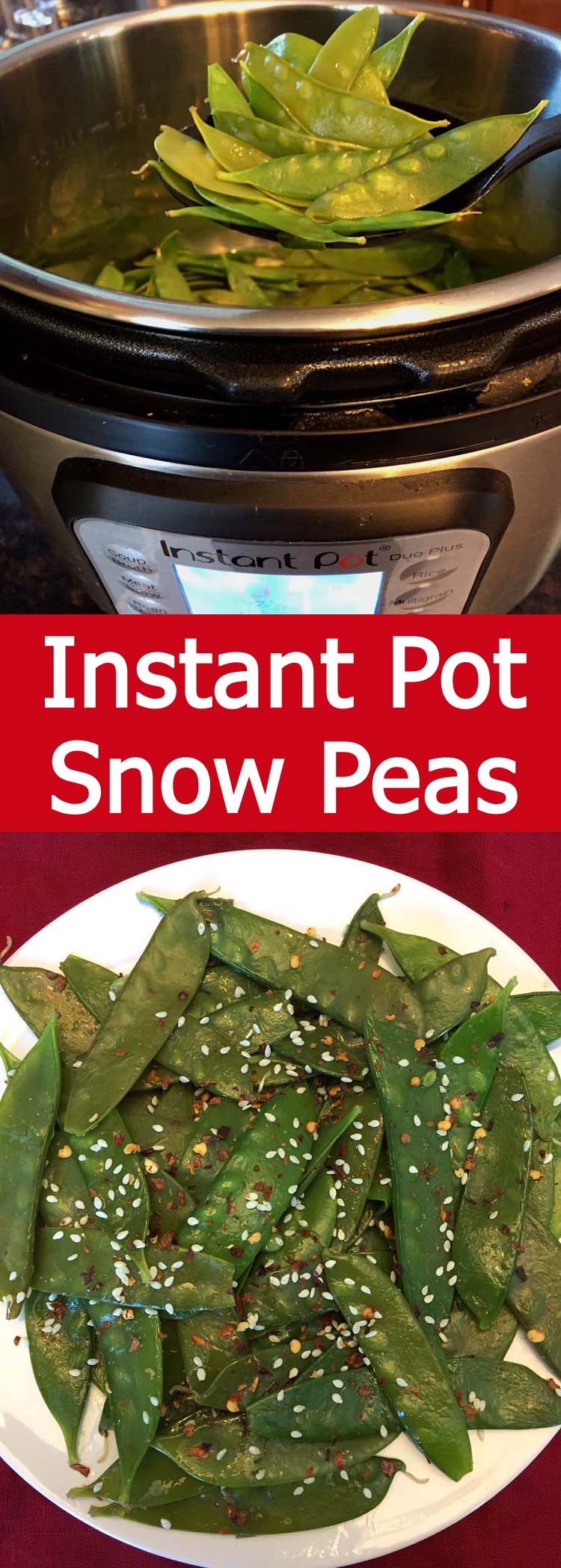
Powered by the ESHA Research Database © 2018, ESHA Research, Inc. If you are following a special diet for medical reasons, be sure to consult with your primary care provider or a registered dietitian to better understand your personal nutrition needs. Cook for one more minute, stirring well until garlic is fragrant. Add the soy sauce, garlic, ginger, and sesame seeds. Cook for 3-4 minutes, stirring constantly until they are bright green and tender-crisp. Once hot, add the snow peas and green onions. Sautee for around 4 5 minutes until the snow peas start to slightly. Heat the coconut oil over high heat in a skillet or wok. Do you boil or steam snow peas You can steam or boil snow peas. Warm truffle oil in a large pan over medium high heat. Enjoy How long do snow peas take to boil It takes about 3 minutes to boil snow peas. Cook, occasionally stirring until the snow peas are tender and bright green, about 5 minutes. Cook vegetables over high heat, stirring constantly, until cooked through and lightly charred. Top with sesame seeds and extra soy sauce.

When ready to cook, thaw in refrigerator overnight or in morning in water and then cook on low for 6-8 hours. (-) Information is not currently available for this nutrient. Add the snow peas and season with salt and pepper. Add snow peas and scallions and season well with salt and pepper. Add all ingredients, remove as much air as possible, seal, and freeze for up to three months. (For example, it’s recommended that people following a heart-healthy diet eat less sodium on a daily basis compared to those following a standard diet.) Microwave covered for 3-4 minutes (or until snow peas are tender crisp). Add soy sauce and sesame oil and toss to cover. Depending on your calorie needs or if you have a health condition, you may need more or less of particular nutrients. Place snow peas in covered casserole, or other microwave-safe dish. Per the Food and Drug Administration (FDA), the daily value is based on a standard 2,000 calorie diet.

Percent Daily Value (%DV) found on nutrition labels tells you how much a serving of a particular food or recipe contributes to each of those total recommended amounts. * Daily Values (DVs) are the recommended amounts of nutrients to consume each day. Nutrition information is calculated by a registered dietitian using an ingredient database but should be considered an estimate.


 0 kommentar(er)
0 kommentar(er)
